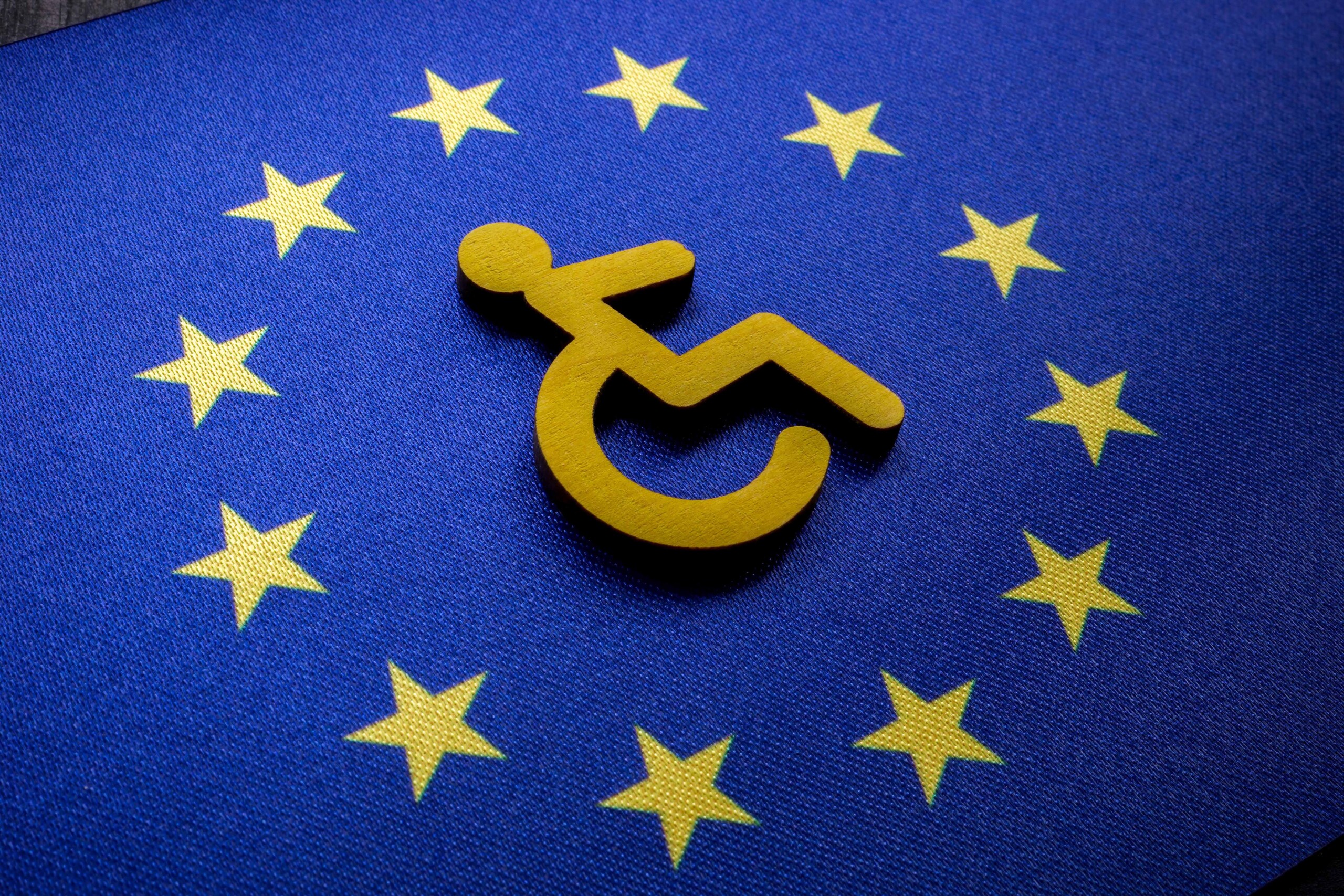Why humans are better than robots when it comes to web accessibility testing

Having a fantastic looking website with amazing content is what most people aim for when planning their new website, however, this really is just the tip of the iceberg. Too often, accessibility and how people living with disabilities will interact with your website is treated as an afterthought. So what makes a website accessible, and how do you ensure that it meets these requirements?
What is web accessibility?
Creating an accessible website is a legal requirement for public and private organisations within the UK, so if you’re thinking about developing a new site, you might be thinking about this for the very first time.
Web accessibility means that anyone living with a disability can access a website, application, platform, or software program as effortlessly as an able-bodied person. As simple as it sounds, there are actually quite a lot of things that need to be taken into accountant to remove as many boundaries or hurdles as possible. After all, don’t we want our content to be enjoyed by as many people as possible?
The World Wide Web Consortium (W3C) has developed a series of guidelines aimed at helping to help ensure that the highest standards are reached and maintained with the Web Content Accessibility Guidelines (WCAG) 2.0 and 2.1. Feel free to consult This is Fever’s guide to understanding WCAG 2.0 for more information on these guidelines.
How to check that your website meets accessibility standards
Luckily, there are quite a few ways of checking whether the website being developed meets WCAG 2.0 or 2.1 standards and as you would expect, there are a host of software and testing platforms available (all with varying levels of success) to help. These tend to check the most common causes of inaccessible content, such as:
General:
-
Animated content on a site that moves, blinks, flashes, etc.
-
Video and Audio content
-
General structure and content layout
-
Page Title
-
Image Alternative Text (“Alt Text”) for all images, illustrations, charts, etc.
Text:
-
Headings
-
Contrast Ration of text (“Colour Contrast”)
-
Text Size
Interactions:
-
Keyboard Access and Visual Focus
-
Forms, Labels, and Errors (including elements such as Search Fields)
The Human Test
Even the most widely used software and testing platform rarely catch everything, resulting in many people that live with a disability unwittingly becoming guinea pigs.
As a digital and design agency, we build and develop a range of websites, apps, and platforms for companies across all sectors, giving us a great deal of “hands-on experience” in developing accessible websites for all users. However, we recently had the pleasure of developing a new website for a charity that specialise in making the Arts more accessible to people in the D/deaf community by providing captioning services for the arts sector. It was during this project that we were able to work directly with different user groups and hear first-hand testimony of common everyday issues that people experienced when using different platforms and websites.
It was hearing this first hand, that highlighted just how important this is when developing a new site. More importantly, these workshops showed us just how many accessibility issues slipped under the radar of the auditing tools that we and other developers frequently used and just how important it is to have human testers.
Accessibility testing by people with a disability
As a result of our work with Stagetext and these user groups, we found the results both shocking but also hugely beneficial, so much so, that we have now taken the decision to work with independent human auditors for an additional accessibility service.
Moving forward, for each site, app, and platform that we develop, we will offer the additional service of a website audit conducted by someone living with a disability or disabilities. This independent audit will involve an actual human going through every element of the new site to highlight areas of improvement.
This service can provide that extra level of assurance that your website will be suitable for as many users as possible, and will include the following checks:
-
We will first use automated detection tools to check all the general site issues, along with text, images, and all interactions.
-
Following this, we provide all clients the option to pass the baton to our independent Accessibility Checker/s for them to go through each page, to ensure that nothing has slipped through the net, along with testing for accessibility for use with only a keyboard, screen readers, contrast settings, magnification tools, etc.
All of our websites aim to be as accessible as possible for all to enjoy, with certain development projects needing enhanced accessibility to meet their requirements. If you would like to discuss how we can help with your next project it would be great to talk, please feel free to contact us.



